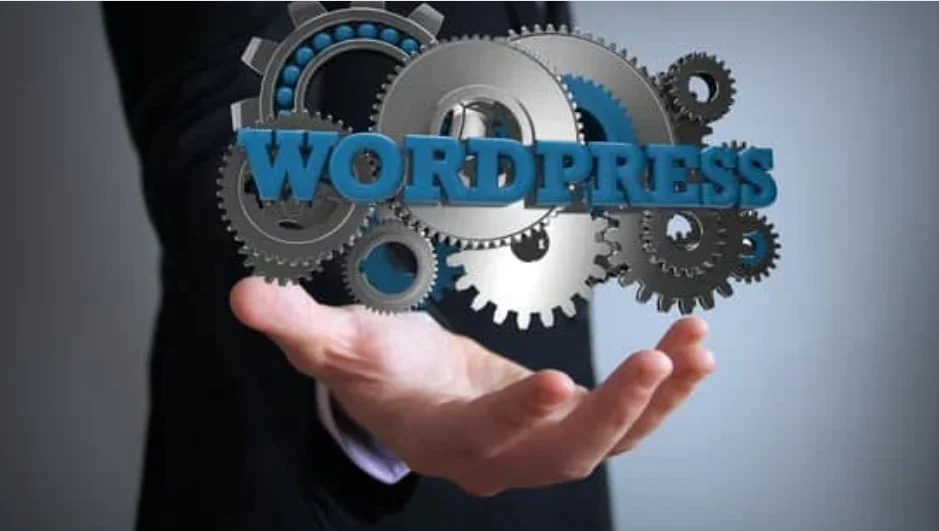WordPress is undoubtedly one of the industry’s most popular content management systems. And one of the most preferred by developers, enhancing millions of websites worldwide
Although it offers a user-friendly platform for creating and managing websites. The term “WordPress Framework” is often misunderstood.
In this comprehensive guide, we’ve consulted developer experts to provide their knowledge of the WordPress framework. We will discuss what a WordPress framework is and its significance. The Figma to WordPress conversion process and how it can help developers and website owners.
What is a WordPress Framework?
A WordPress framework is like a toolbox. Full of ready-made parts for building websites. It helps make creating WordPress themes and sites easier. Inside, there are pieces of code, templates, and functions that developers. Can use over and over again. Using a framework saves time and energy. It’s like having a blueprint to start building a house. Developers can then add their own touches to make each website special.
WordPress frameworks typically come in two ways:
- In-house frameworks (typically for brands)
- Independent frameworks (free or premium options anyone can use)
The value of using a WordPress framework
- Code reusability: WordPress frameworks make it easier to build websites by providing organized code. Developers can use parts of code again, saving time and work when creating a new website design.
- Consistency: Frameworks keep things organized, making sure themes follow WordPress rules and stay logical. This is especially helpful for developers handling big and complicated projects.
- Speed and efficiency: WordPress frameworks make it faster to build websites by not having to write basic code. This means projects get done quicker and cost less for clients.
- Customization:Frameworks give you a base, but they aren’t strict models. You can change themes a lot to fit your project needs. This lets you make creative and special designs.
- Updates and maintenance: Many frameworks give regular updates and help, which are important for keeping themes safe and working well with the newest WordPress version.
Types of WordPress frameworks
There are two primary types of WordPress frameworks:
- Parent themes:These are full themes that you can change. Developers make child themes based on parent themes. They get the parent themes’ features and looks but can tweak them. Genesis Framework and Divi are common parent themes.
- Starter themes: Starter themes like Underscores and Sage (used to be call Roots) are basic. Frameworks for developers who want full control over making themes. They give the main parts needed without forcing specific styles or layouts.
Examples of popular WordPress frameworks
- Genesis Framework: StudioPress made Genesis. It’s a popular theme because it’s safe, good for SEO, and makes websites run well. Genesis is a strong base for many kinds of websites.
- Divi: Divi is a theme made by Elegant Themes. It’s flexible and easy to use. With Divi, you can drag and drop elements to build your website. It comes with many different parts you can use to make your content. Lots of people who aren’t programmers like to use Divi . Because it lets them customize their site in a way that’s easy to see.e for many kinds of websites.
- Underscores: Many developers like this starter theme. because it gives them total control over making themes. It’s a simple framework that starts with a blank page for building.
- Sage: Sage is a basic theme made by the Roots Team. It uses modern tools like Bower, Gulp, and Bootstrap to help make themes. It’s great for developers who like working with modern tools.
How to choose the right WordPress framework?
Choosing the right framework depends on various factors, including project requirements, developer skill level, and personal preferences. When having to decide on selecting a framework, you should consider the following:
- Project scope: For easier projects, you can use a basic theme. But for harder websites, it’s better to use a starter theme because it gives you more options.
- Development expertise:People who like coding can choose starter themes for full control. People who don’t code might like parent themes with easy customization.
- Features and performance: Check the framework’s features and performance tweaks to make sure. They match what your project needs.
- Community and support: Make sure there are groups of people still using and helping out with. The framework so it stays safe and gets updates.
Final Thoughts
WordPress frameworks are important for making websites on WordPress easier. They help developers and website owners by saving time and making things consistent. You can choose a parent or starter theme. Picking the right WordPress framework is key for making a good website.

